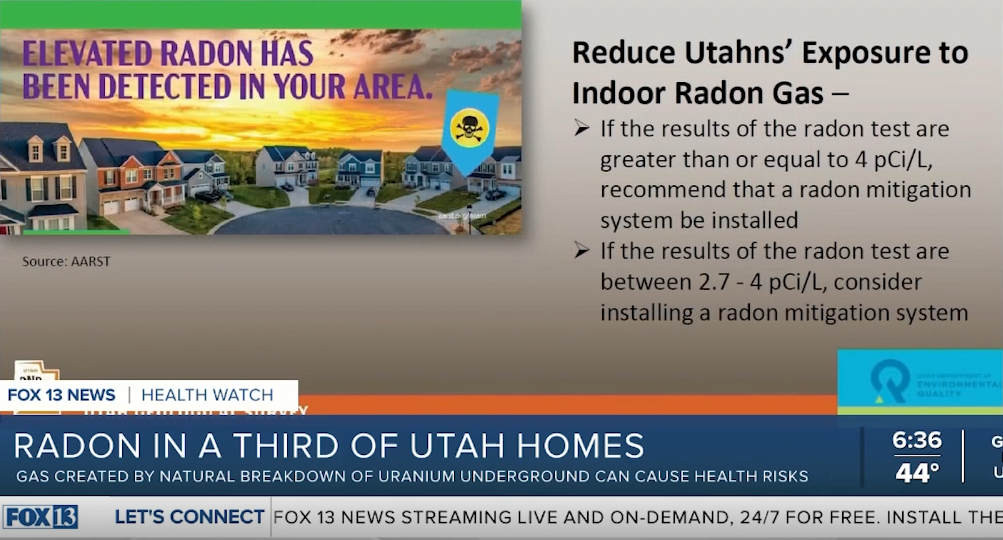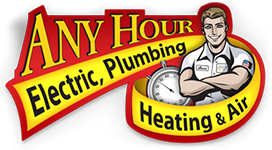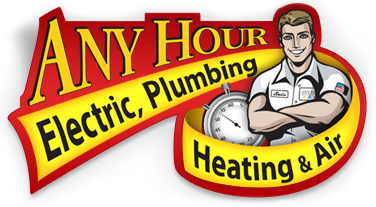Answering 5 of the Most Common Radon Questions
Do you know what radon is? Do you know if it's in your home? If not, you aren’t alone. A lot of people don’t know what radon is or why they should care.
According to recent news articles, The Utah Department of Environmental Quality estimates that 1 in 3 homes in Utah has dangerous levels of radon. In this post we’re going to cover the basics of radon because we want you to know if your home is in that category. By the end, you should have the information you need to protect your family from radon.

Q: What is Radon?
A: Radon is a colorless, odorless, tasteless by-product of uranium breaking down. As uranium decays, it releases radon gas into the soil around it. From there the gas filters up and is usually released into the air. If there’s a house in the way, it collects under the concrete slab.
Q: Why is Radon Dangerous?
A: We know uranium is radioactive. So it makes sense that radon would be too since that's where it comes from. As radon builds up in your home, that radioactivity is also building up in your lungs. If the concentration gets high enough, it can cause lung cancer. The same thing can happen from long-term exposure to lower levels.
According to The United States Environmental Protection Agency (USEPA), radon is the second leading cause of lung cancer in America. Smoking is the only thing that causes more cases. The two also work together. That means a frequent smoker exposed to radon is even more at risk of cancer.
Q: How Does Radon Get Inside Your Home?
A: Radon can seep into your home through cracks in the basement or crawlspace. It can also make its way in if you do any renovations or additions. As long as there is a gap in the lowest level of your home, it can work its way inside.
Once radon gets inside your home, it tends to stay there. As more seeps in, it gets more and more concentrated. Because the air in your home tends to stay pretty stagnate, a lot can build up over time.
Q: How Do You Find Radon?
A: The only way to find radon is to test for it. Fortunately, there are plenty of radon testing kits available. You can order DIY kits nationwide through KSU's National Radon Program or at radon.utah.gov if you live in Utah. You can also call a professional to perform a test for you.
These tests can take a while to gather accurate results. But afterward, you will know if your home has a dangerous concentration of radon. Here you can watch Mike testing his home with a DIY option (insert video of Mike's test).
Q: How Do You Get Rid of Radon?
A: According to The USEPA, radon concentration reaches dangerous levels at 4 picocuries/liter. If your home is at that level or close to it, you need to get it fixed by a radon professional.
The most common method they’ll use is called a Radon Mitigation System. These systems are designed to locate the radon below your home and vent it up above your roof. Then you can seal any cracks in the lowest levels of your home to help the system work.
For more information on radon, check out this episode of "In The House". If you decide you’d like a hand testing your home for radon, Any Hour Services is happy to help. You can book online or call to set up an appointment.
Other helpful articles:
- Are You Having to Get Your Sewer Main Line Rootered Once a Year?
- Common Signs of A Sewer Line Issue
- Get to Know Your Air Conditioner
- The Any Hour Services' Air Conditioner Tune-Up
Other helpful resources:
🛠️ DIY videos from Any Hour Services
🎙️ Listen to Our Podcast - In the House
🎥 Watch our VLOG - Along For The Ride
Author: Nathanael Stuver
Copyright © 2022 by Any Hour Services
Jun 17th 2022

